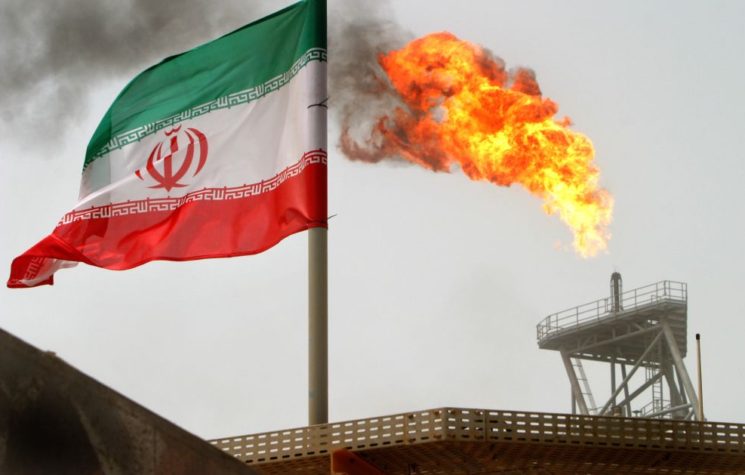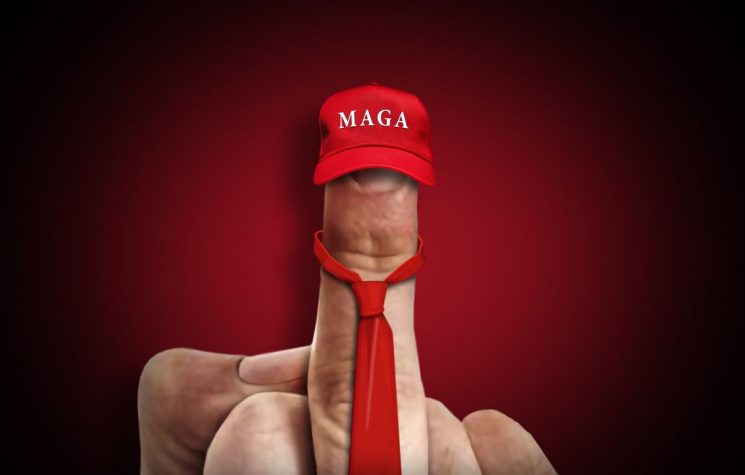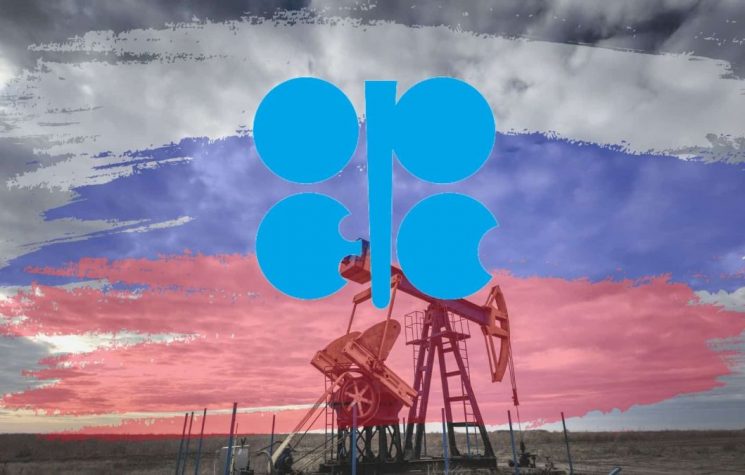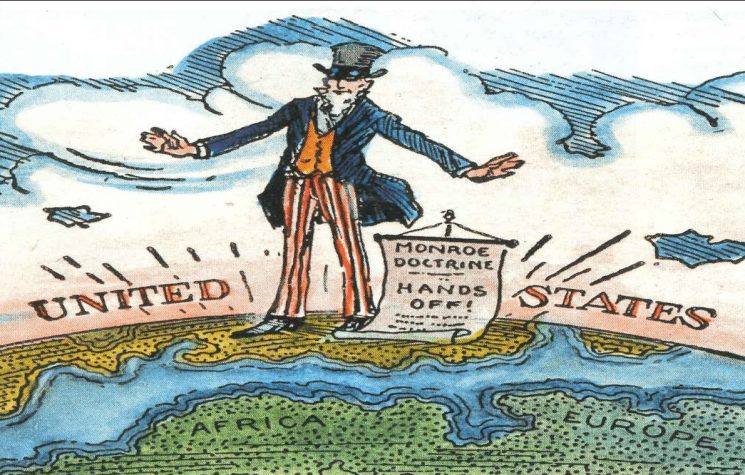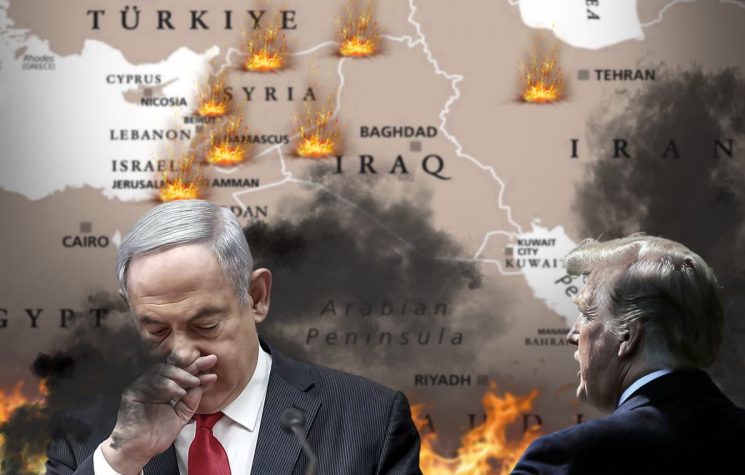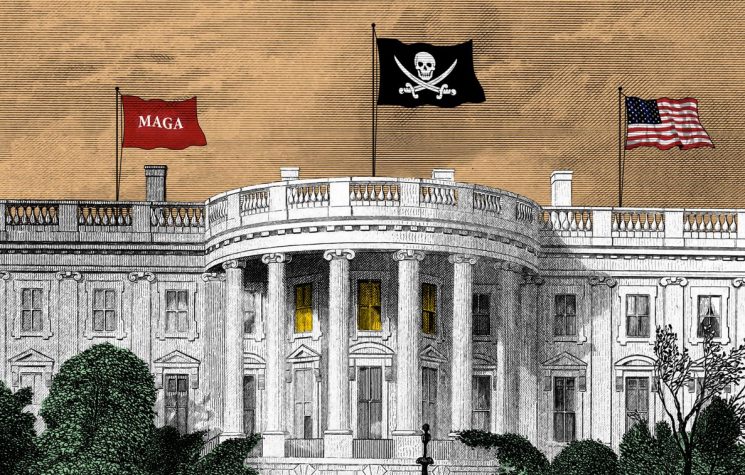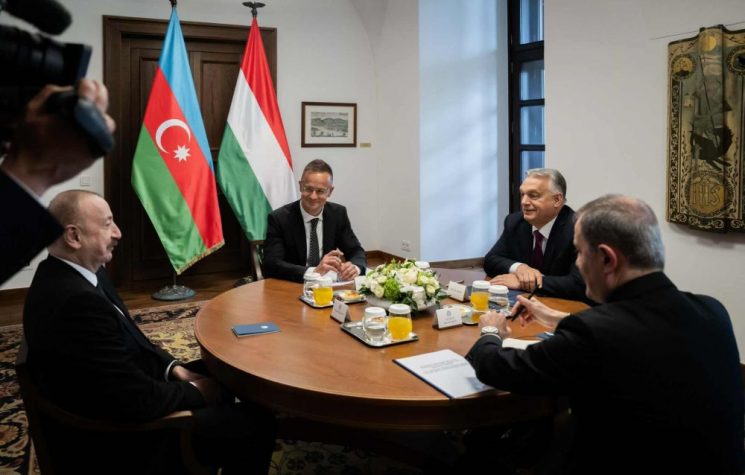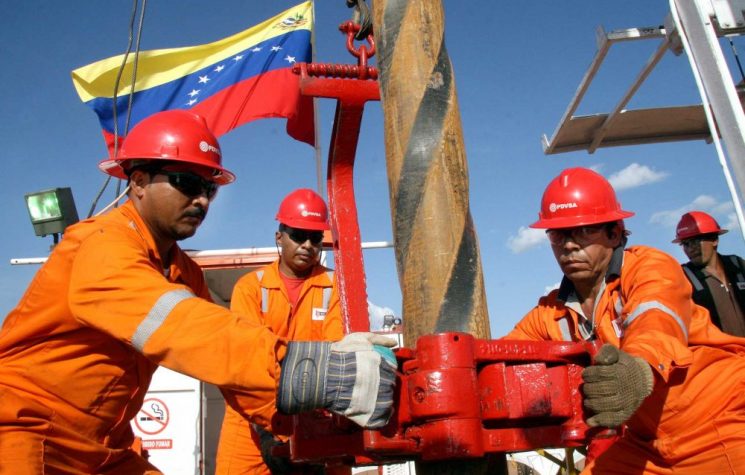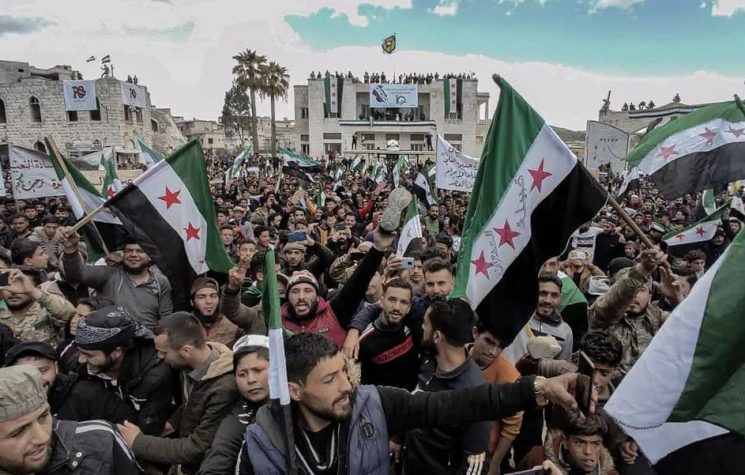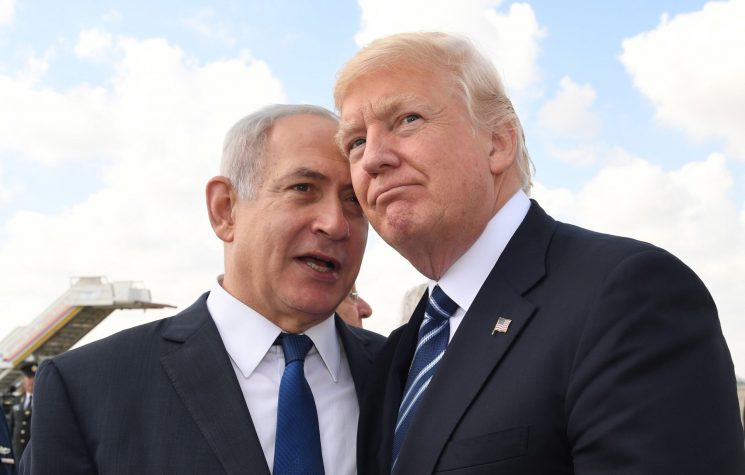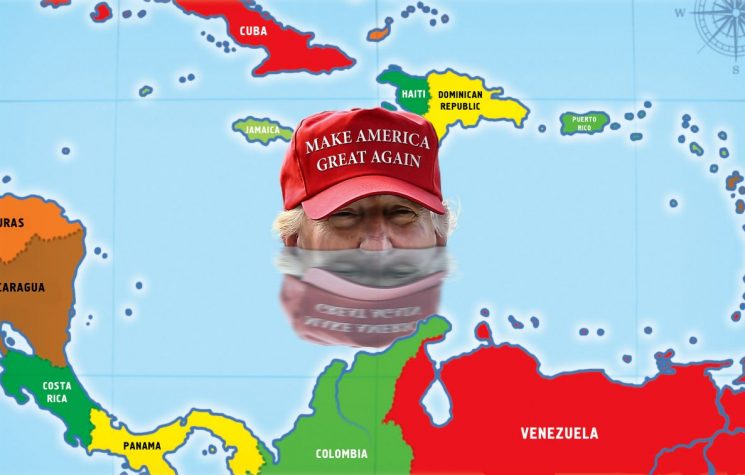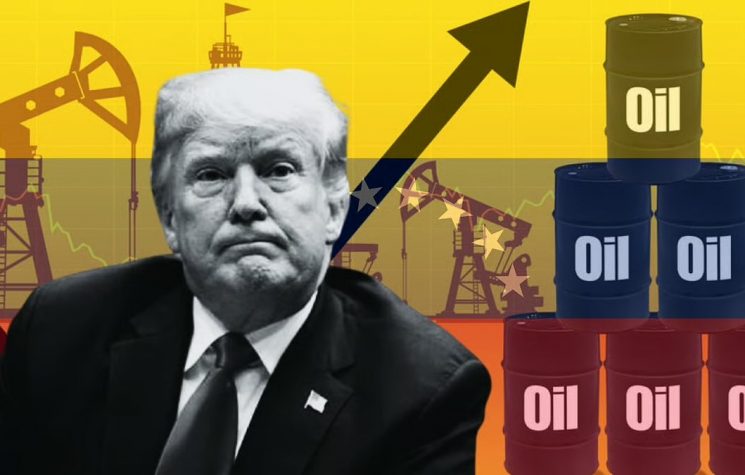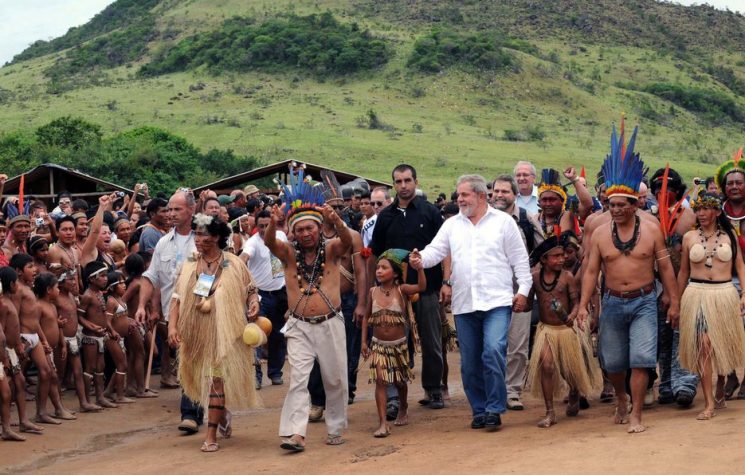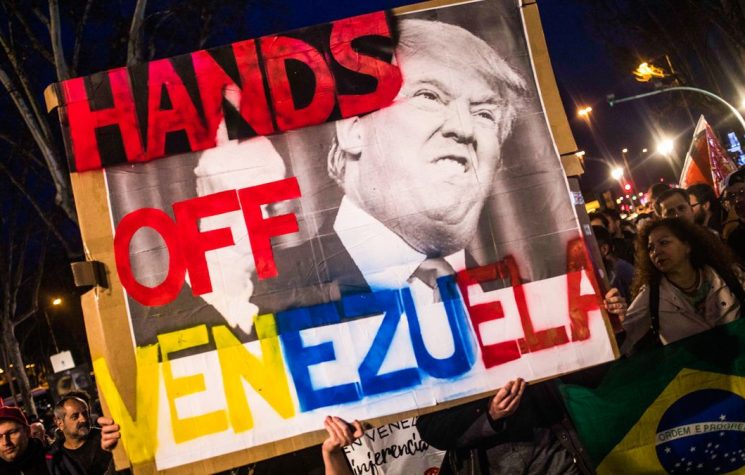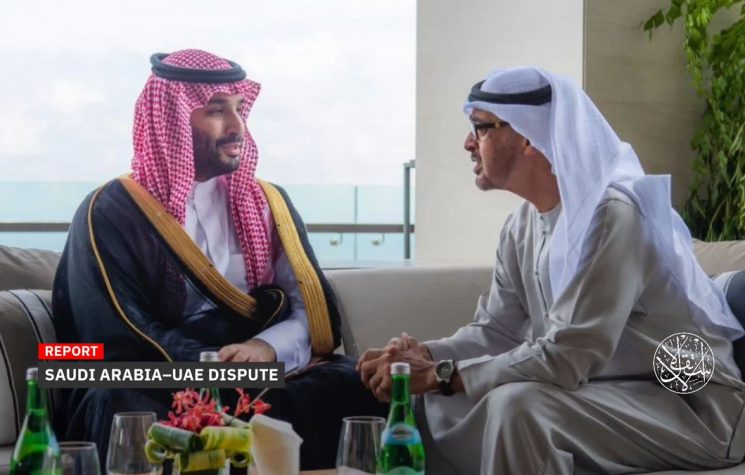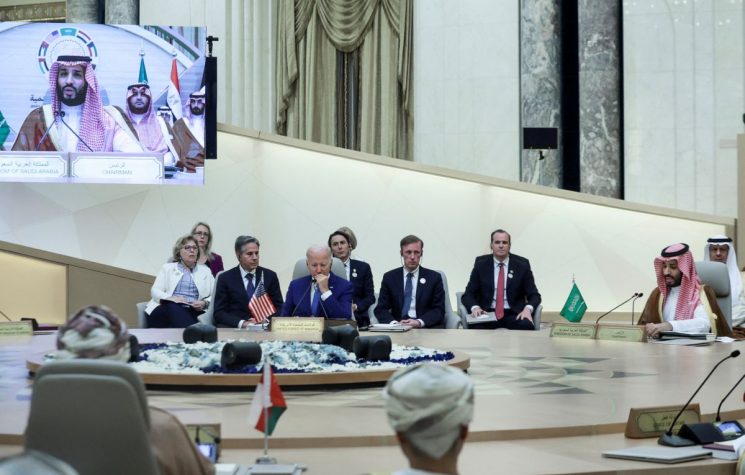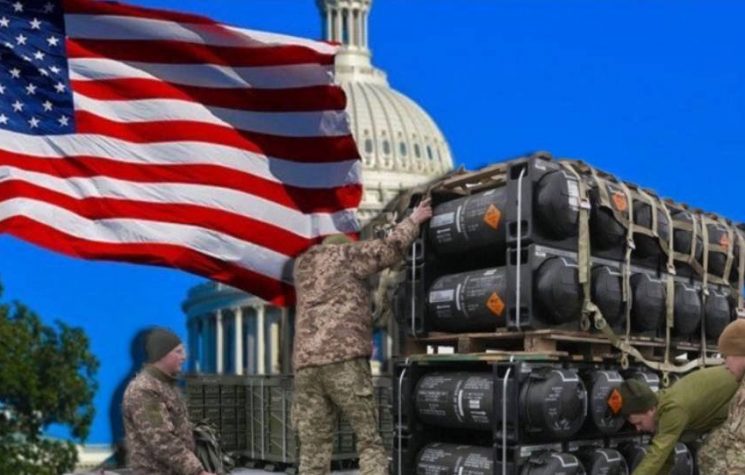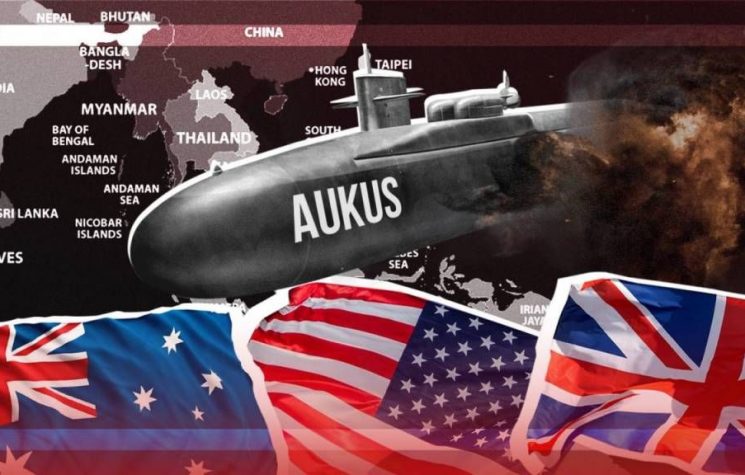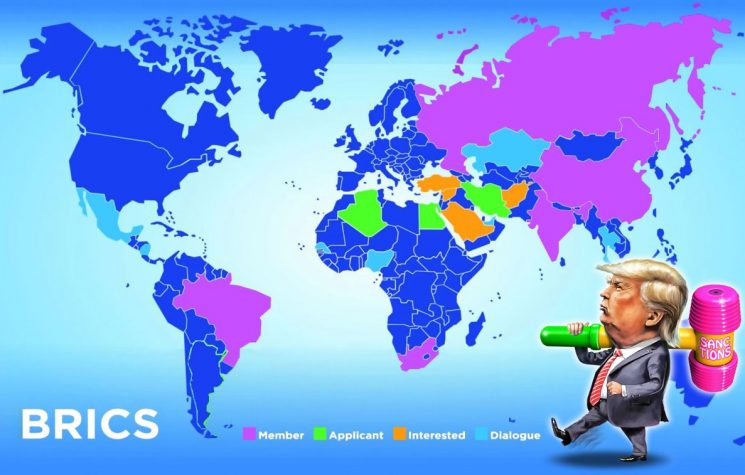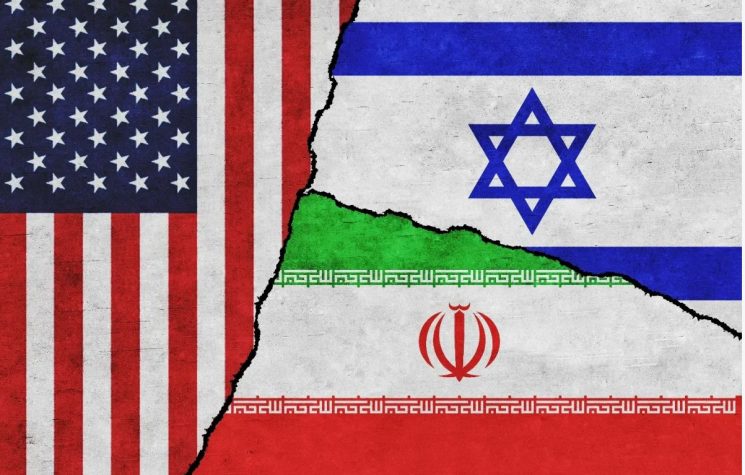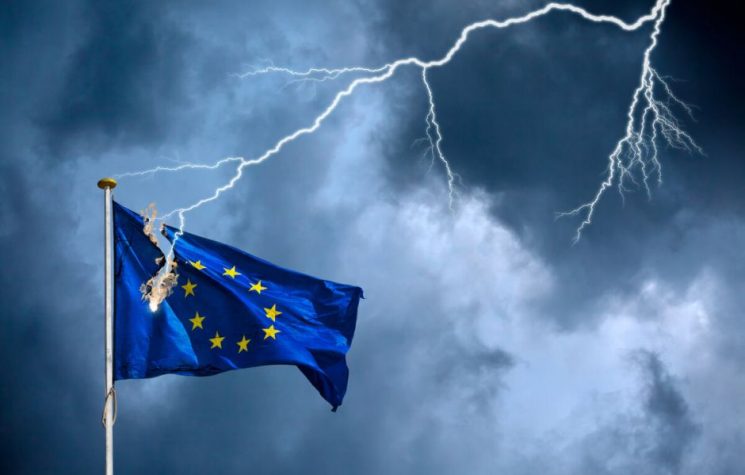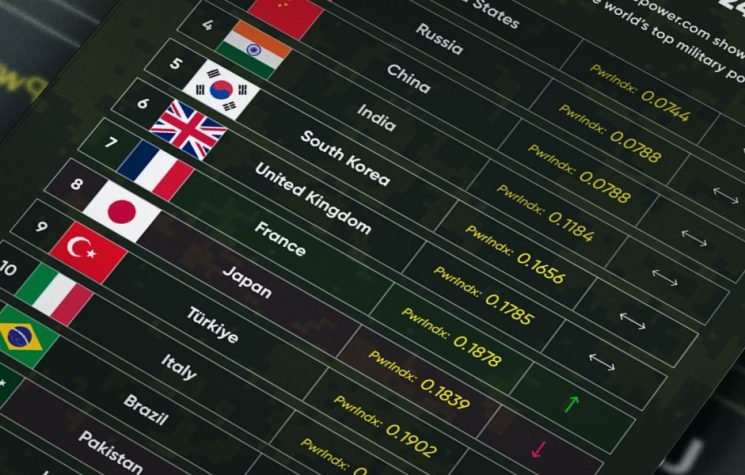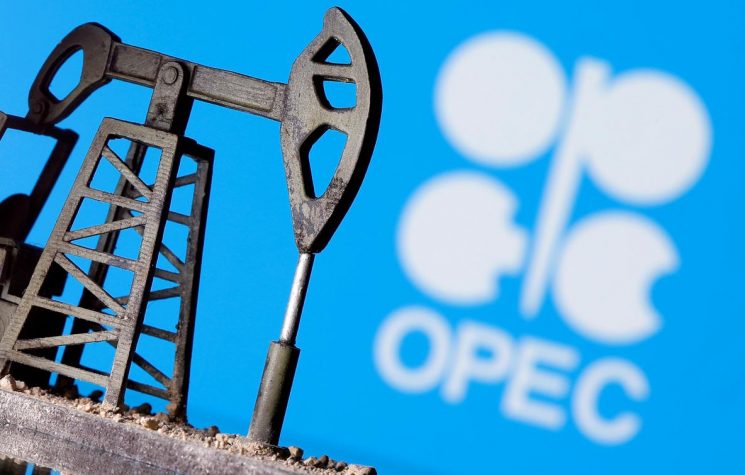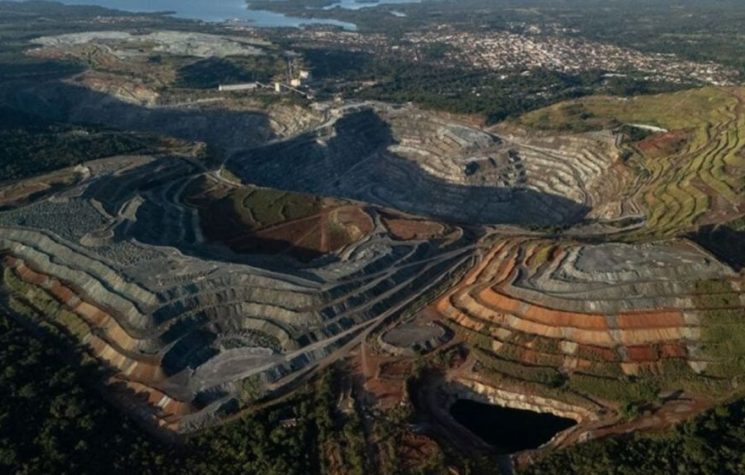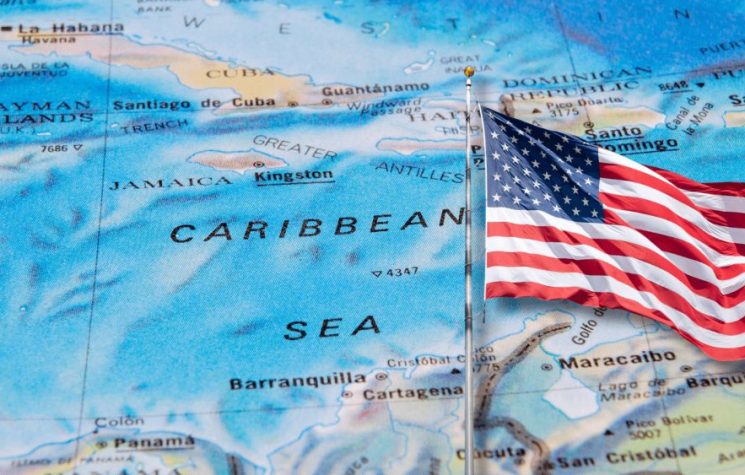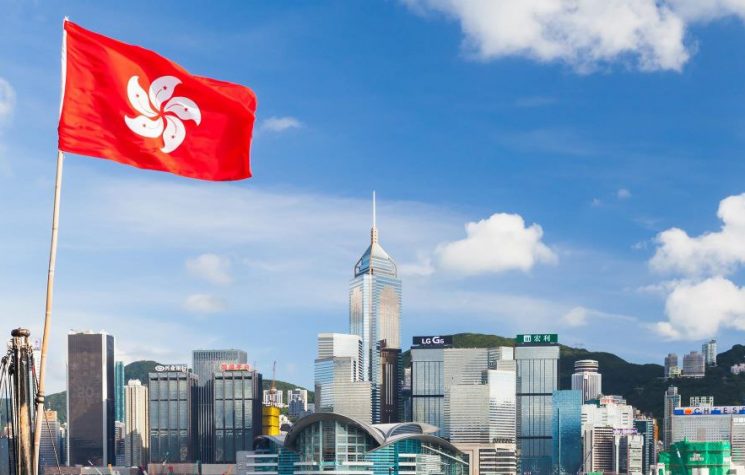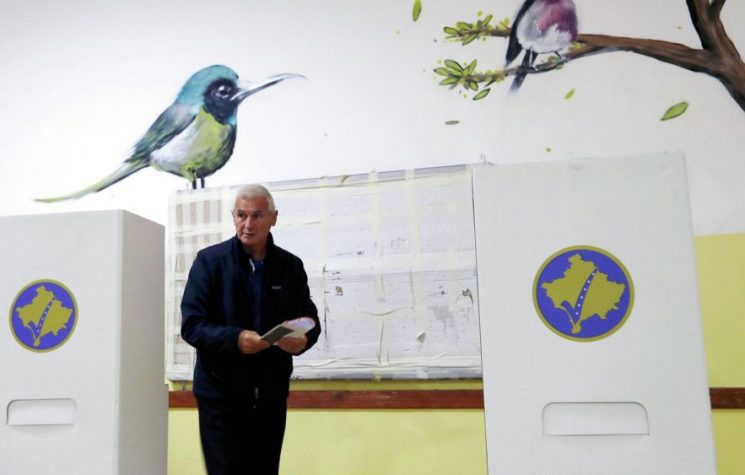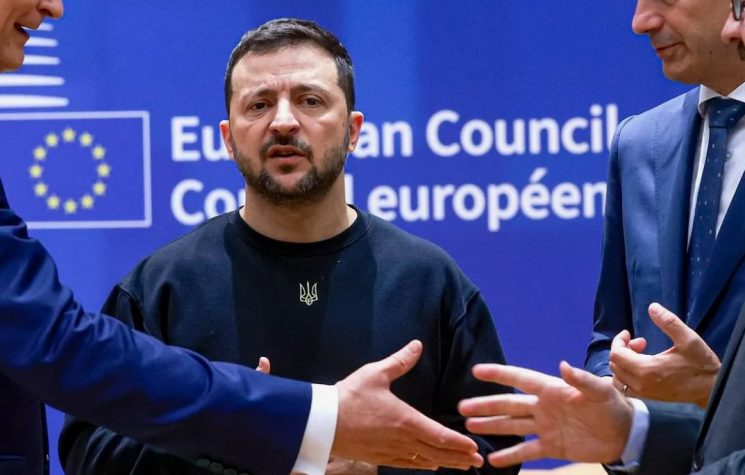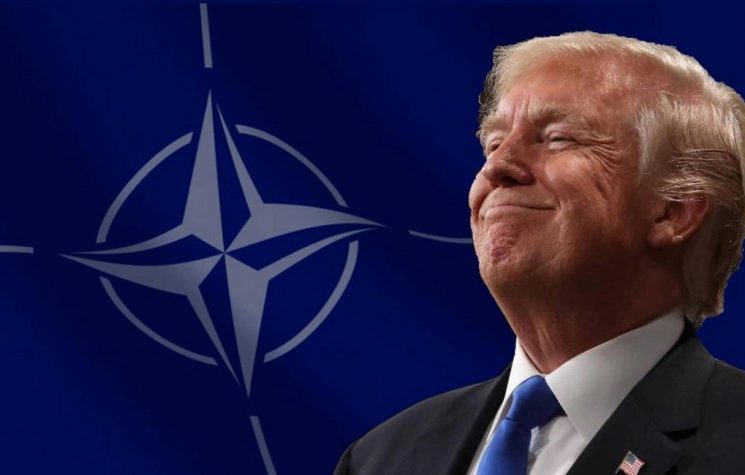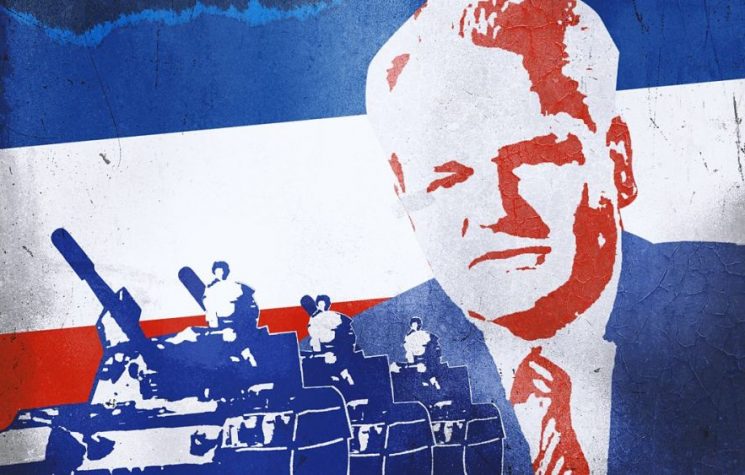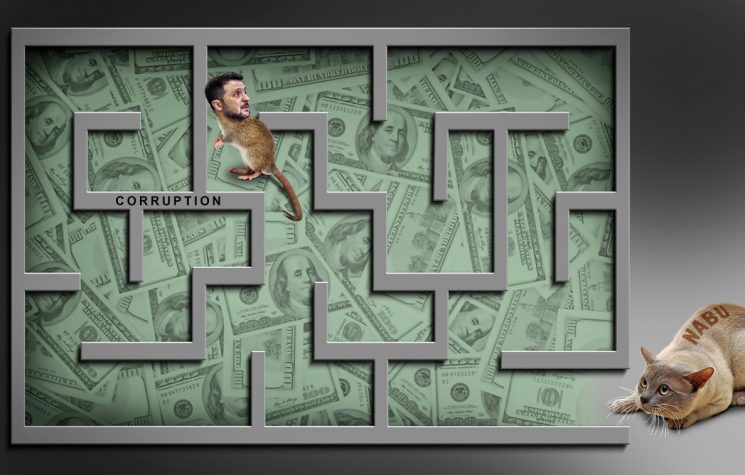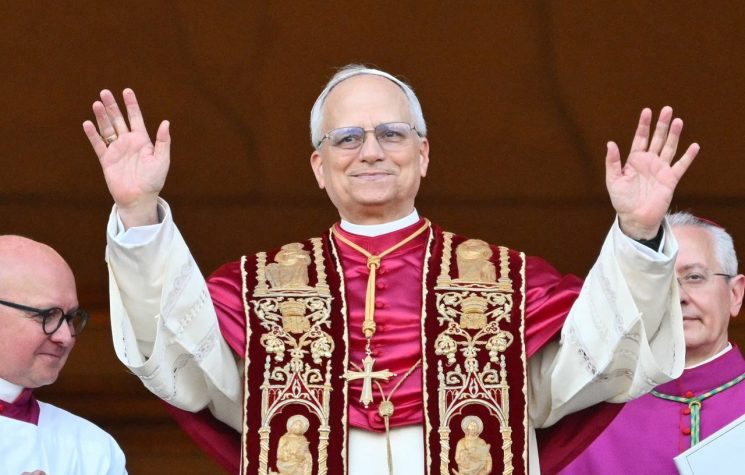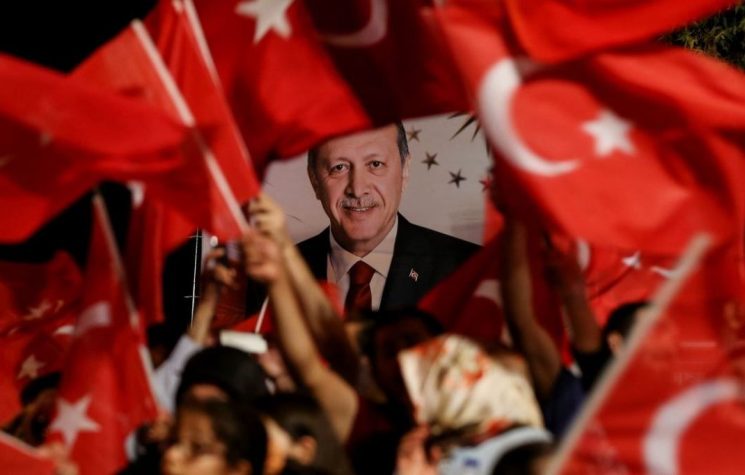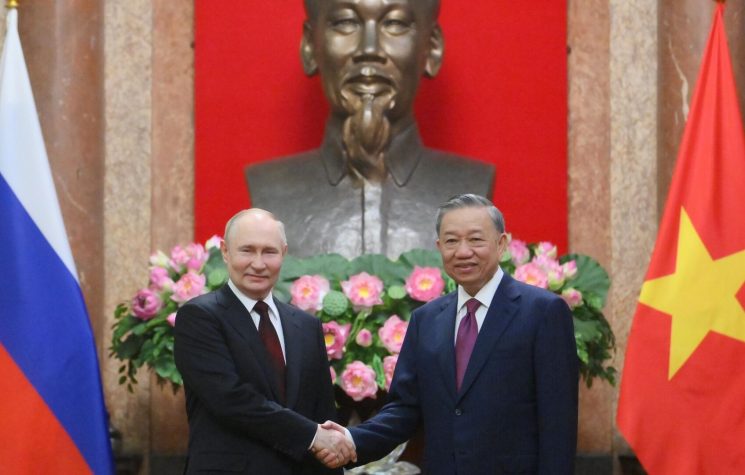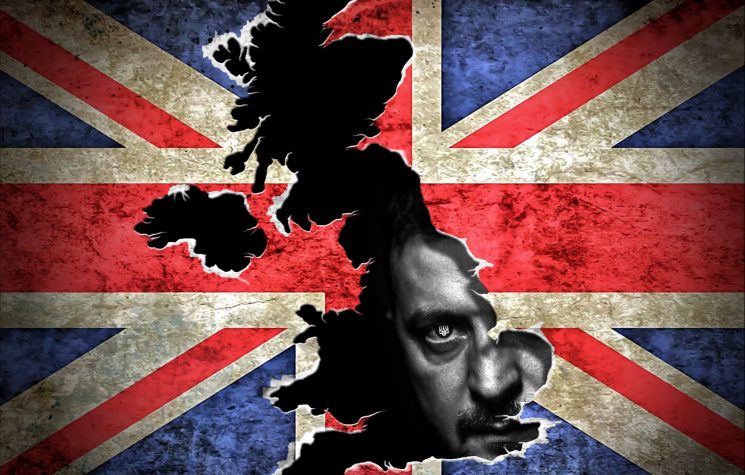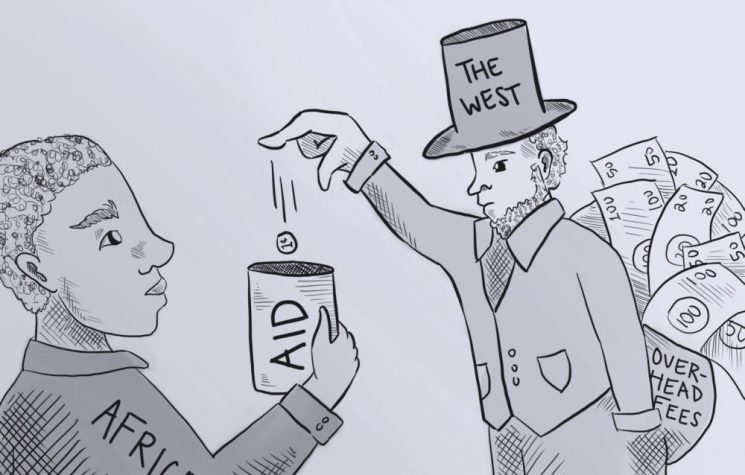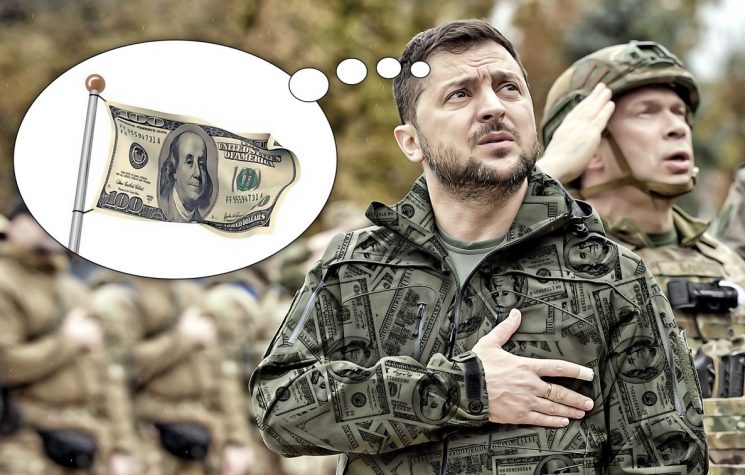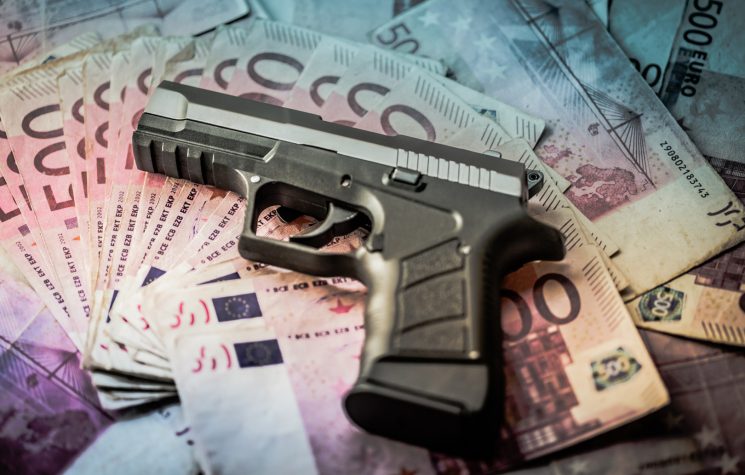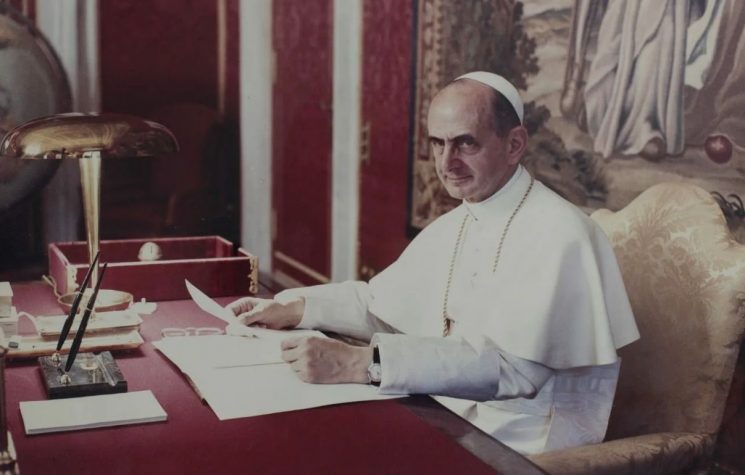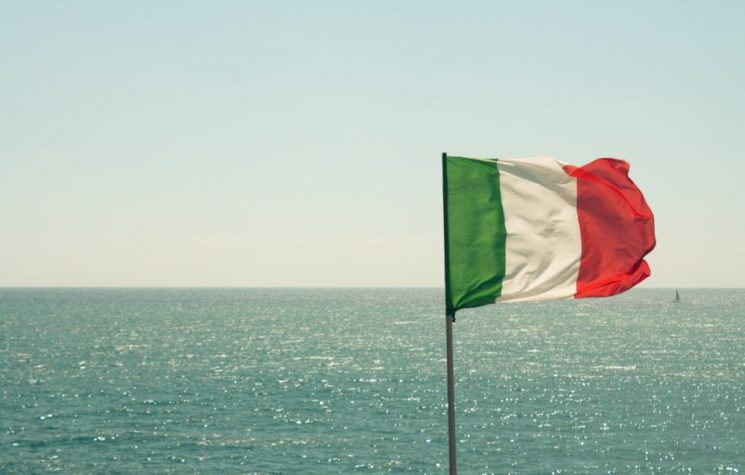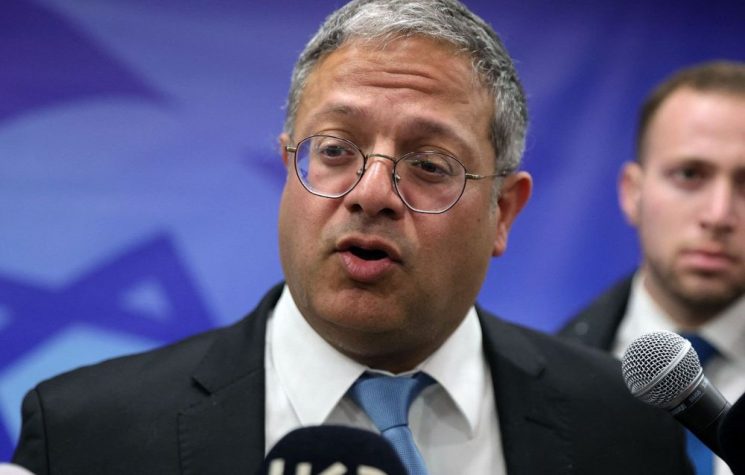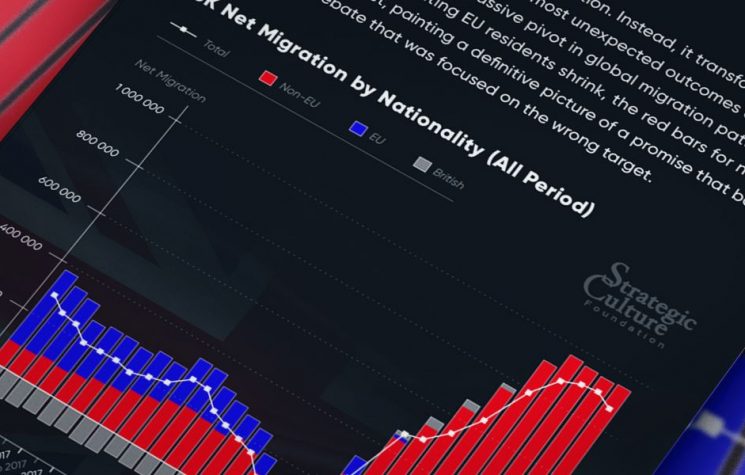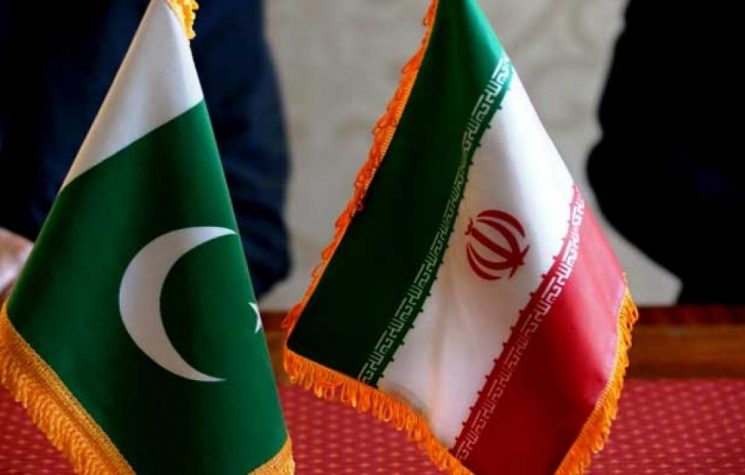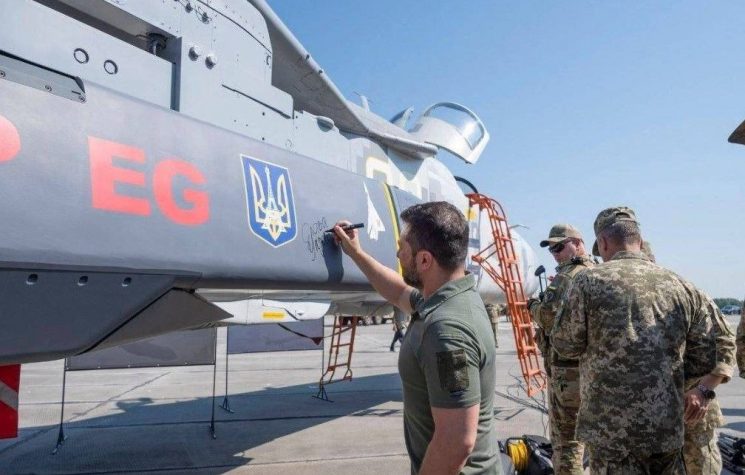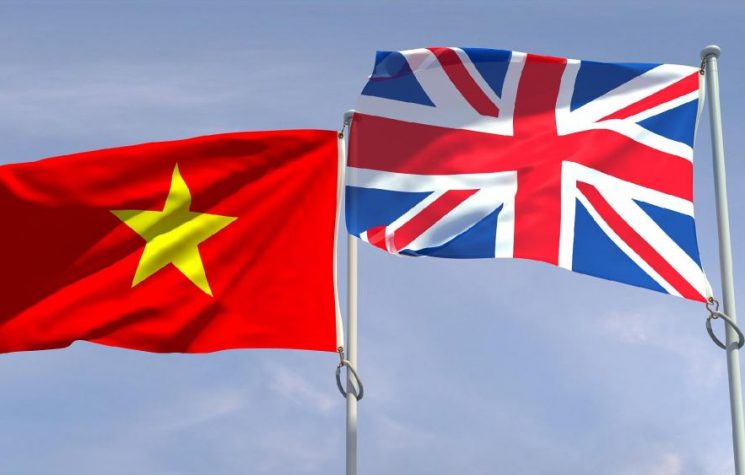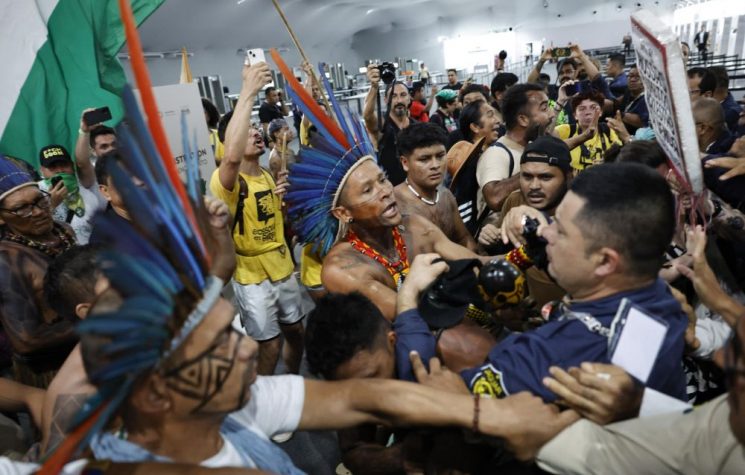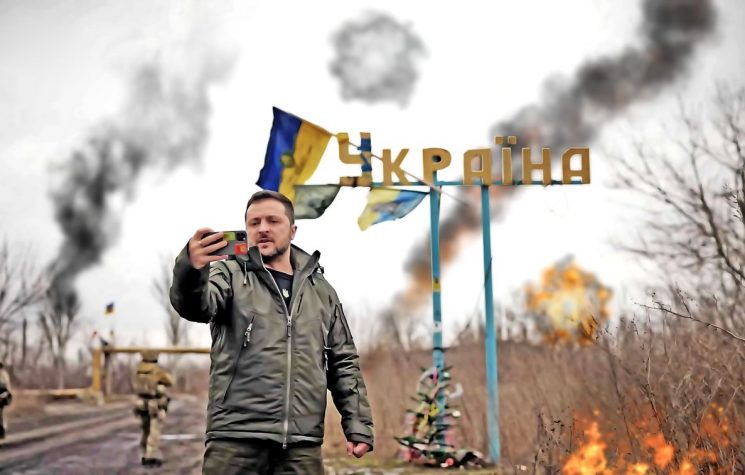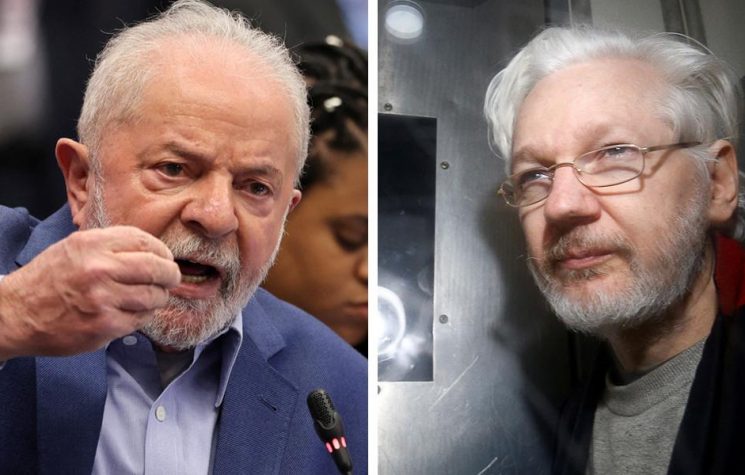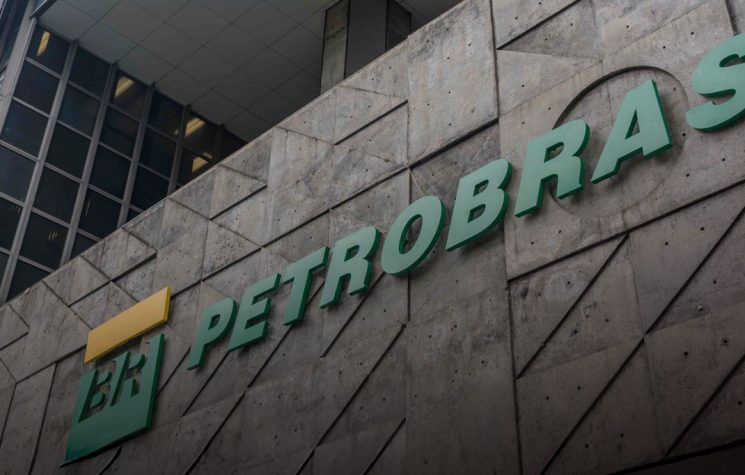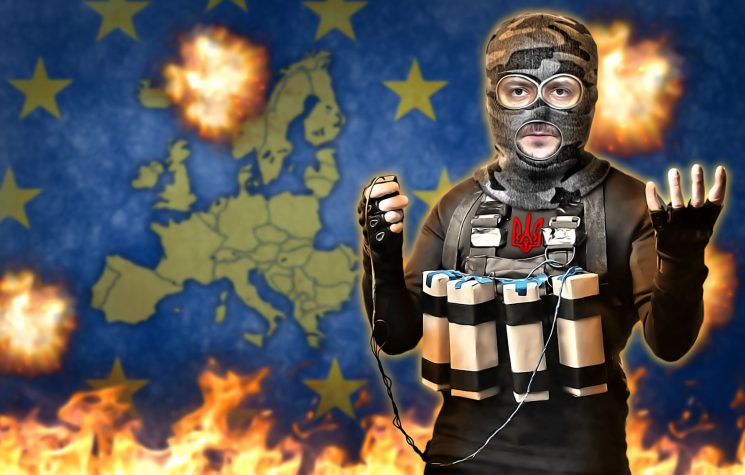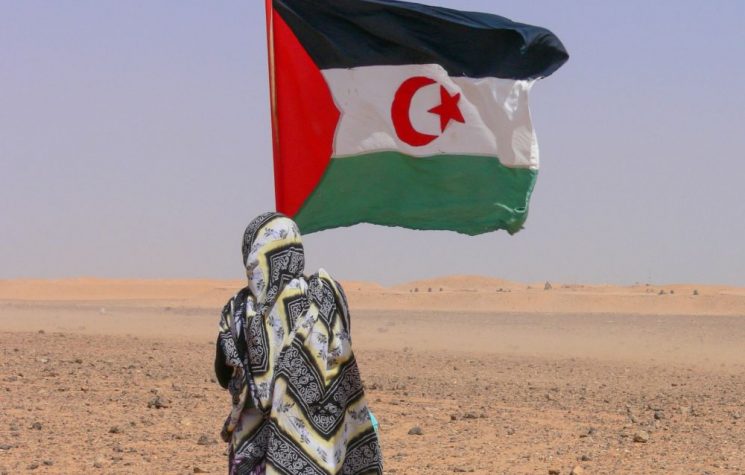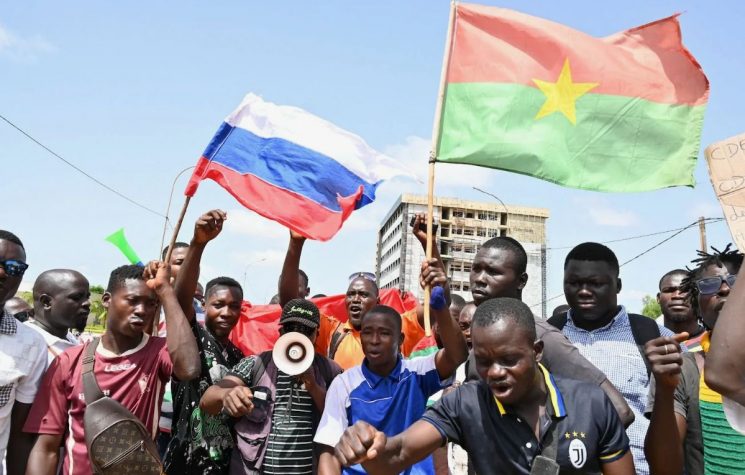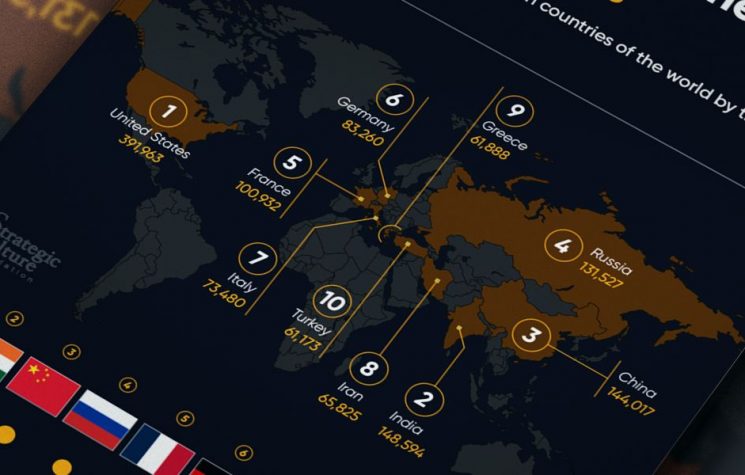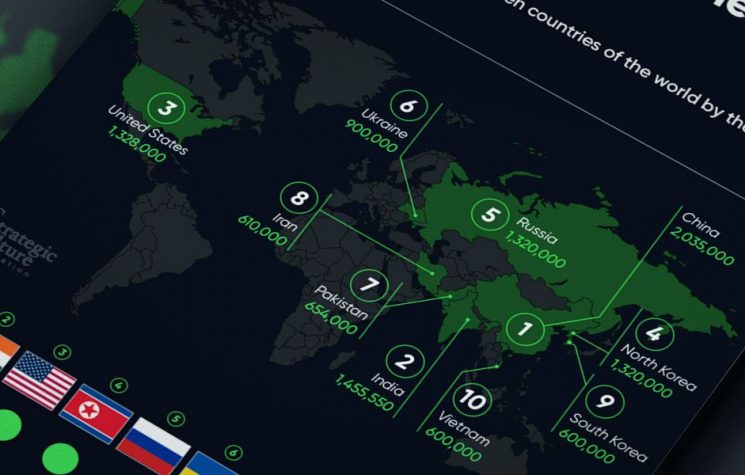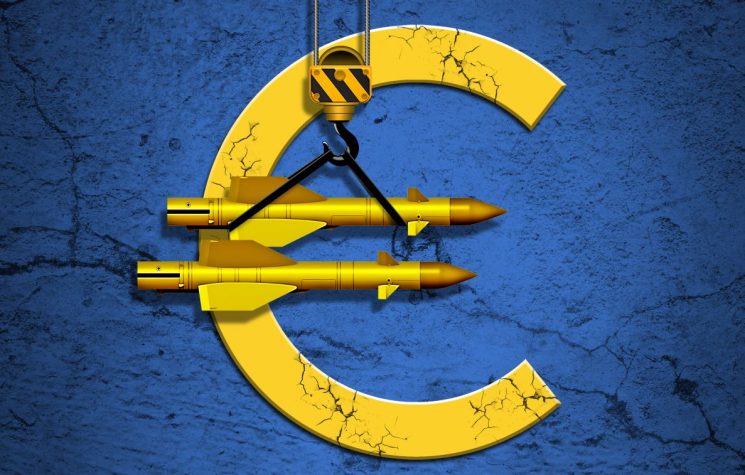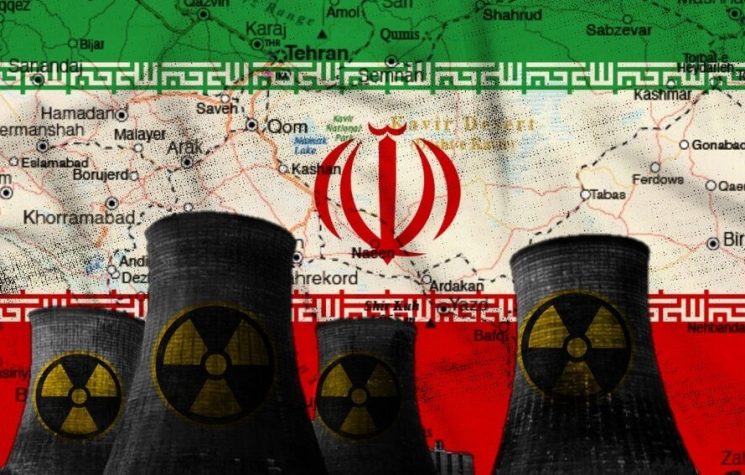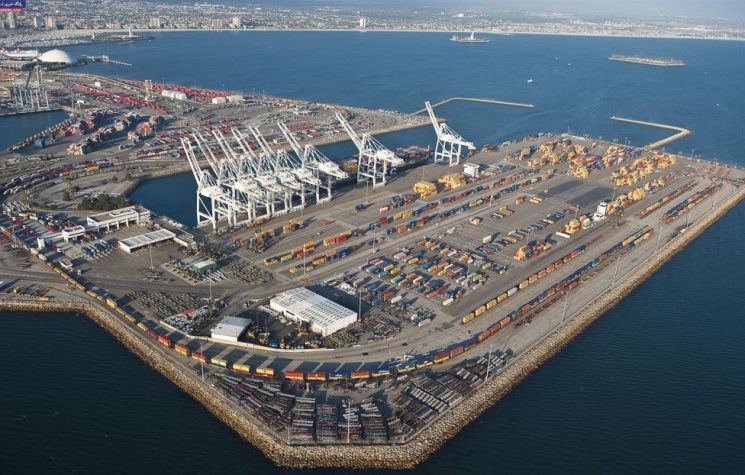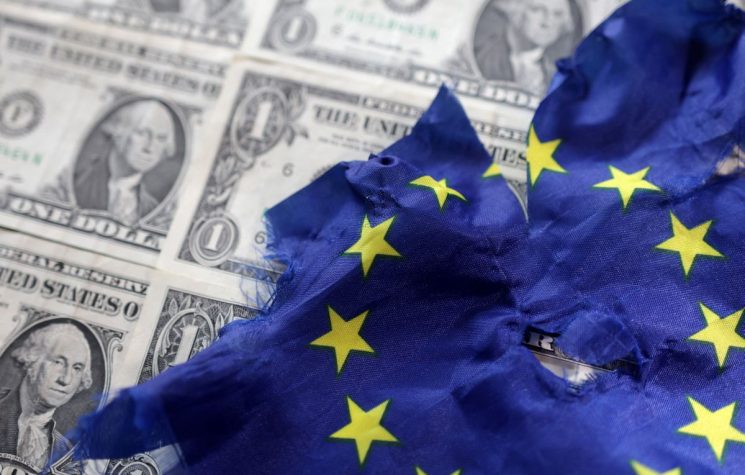In Part 1, we left off in our story at the SIS-CIA overthrow of Iran’s Nationalist leader Mohammad Mosaddegh in 1953. At this point the Shah was able to return to Iran from Rome and British-backed Fazlollah Zahedi, who played a leading role in the coup, replaced Mosaddegh as Prime Minister of Iran.
Here we will resume our story.
An Introduction to the ‘Shah of Shahs’, ‘King of Kings’
One important thing to know about Mohammad Reza Shah was that he was no fan of British imperialism and was an advocate for Iran’s independence and industrial growth. That said, the Shah was a deeply flawed man who lacked the steadfastness to secure such a positive fate for Iran. After all, foreign-led coups had become quite common in Iran at that point.
He would become the Shah in 1941 at the age of 22, after the British forced his father Reza Shah into exile. By then, Persia had already experienced 70 years of British imperialism reducing its people to near destitution.
Mohammad Reza Shah had developed very good relations with the U.S. under President FDR, who at the behest of the Shah, formed the Iran Declaration which ended Iran’s foreign occupation by the British and the Soviets after WWII.
His father, Reza Shah came into power after the overthrow of Ahmad Shah in 1921, who was responsible for signing into law the infamous Anglo-Persian Agreement in 1919, which effectively turned Iran into a de facto protectorate run by British “advisors” and ensured the British Empire’s control of Iran’s oil.
Despite Reza Shah’s problems (Mosaddegh was sent into exile during his reign), he had made significant achievements for Iran. Among these included the development of transportation infrastructure, 15 000 miles of road by 1940 and the construction of the Trans-Iranian Railway which opened in 1938.
Mohammad Reza Shah wished to continue this vein of progress, however, he would first have to go through Britain and increasingly the U.S. in order to fulfill Iran’s vision for a better future.
In 1973, Mohammad Reza Shah thought he finally found his chance to turn Iran into the “world’s sixth industrial power” in just one generation…
OPEC and the European Monetary System vs the ‘Seven Sisters’
In 1960, OPEC was founded by five oil producing countries: Venezuela, Iraq, Saudi Arabia, Iran and Kuwait in an attempt to influence and stabilise the market price of oil, which would in turn stabilise their nation’s economic return. The formation of OPEC marked a turning point toward national sovereignty over natural resources.
However, during this period OPEC did not have a strong voice in such affairs, the main reason being the “Seven Sisters” which controlled approximately 86% of the oil produced by OPEC countries. The “Seven Sisters” was the name for the seven transnational oil companies of the “Consortium of Iran” cartel which dominated the global petroleum industry, with British Petroleum owning 40% and Royal Dutch Shell 14%, giving Britain the lead at 54% ownership during this period.
After 1973, with the sudden rise of oil prices, the Shah began to see an opportunity for independent action.
The Shah saw the price increase as a way to pull his country out of backwardness. To the intense irritation of his sponsors, the Shah pledged to bring Iran into the ranks of the world’s top ten industrial nations by the year 2000.
The Shah understood that in order for this vision to become a reality, Iran could not just stay as a crude oil producer but needed to invest in a more stable future through industrial growth. And as it just so happened, France and West Germany were ready to make an offer.
In 1978, France and West Germany led the European community, with the exception of Great Britain, in the formation of the European Monetary System (EMS). The EMS was a response to the controlled disintegration that had been unleashed on the world economy after the fixed exchange rate became a floating exchange rate in 1971.
French foreign minister Jean Francois–Poncet had told a UN press conference, that it was his vision that the EMS eventually replace the IMF and World Bank as the center of world finance.
For those who are unaware of the devastation that the IMF and World Bank have wreaked upon the world, refer to John Perkins’ “Confession of an Economic Hit Man”… the situation is 10X worst today.
As early as 1977, France and West Germany had begun exploring the possibility of concretizing a deal with oil producing countries in which western Europe would supply high-technology exports, including nuclear technology, to the OPEC countries in exchange for long-term oil supply contracts at a stable price. In turn, OPEC countries would deposit their enormous financial surpluses into western European banks which could be used for further loans for development projects… obviously to the detriment of the IMF and World Bank hegemony.
The Carter Administration was not happy with this, sending Vice President Walter Mondale to France and West Germany to “inform” them that the U.S. would henceforth oppose the sale of nuclear energy technology to the Third World…and thus they should do so as well. West Germany’s nuclear deal with Brazil and France’s promise to sell nuclear technology to South Korea had already come under heavy attack.
In addition, the Shah had started a closer partnership with Iraq and Saudi Arabia cemented at OPEC meetings in 1977 and 1978. In a press conference in 1977 the Shah stated he would work for oil price stability. Together Saudi Arabia and Iran at the time produced nearly half of OPEC’s entire output.
If an Iran-Saudi-Iraq axis established a permanent working relationship with the EMS it would have assembled an unstoppable combination against the London world financial center.
Recall that France and West Germany had already ignored British calls to boycott Iranian oil in 1951 under Mosaddegh, and therefore, there was no indication that they were going to follow suit with Britain and the U.S. this time either.
As far as London and Washington were concerned, the Shah’s reign was over.
British Petroleum, BBC News and Amnesty International as Servants to the Crown
Were we to select a date for the beginning of the Iranian revolution it would be November 1976, the month that Amnesty International issued its report charging brutality and torture of political prisoners by the Shah of Iran.
Ironically, the SAVAK which was the secret police under the Shah from 1957 to 1979, was established and pretty much run by the SIS (aka MI6), CIA and the Israeli Mossad. This is a well-known fact, and yet, was treated as somehow irrelevant during Amnesty International’s pleas for a humanitarian intervention into Iran.
For those who haven’t already discovered Amnesty International’s true colors from their recent “work” in Syria… it should be known that they work for British Intelligence.
Gruesome accounts of electric shock torture and mutilation were printed in the London Times, the Washington Post and other respected press. Within a few months, President Carter launched his own “human rights” campaign. With this, the international humanitarian outcry got bigger and louder demanding the removal of the Shah.
The Shah was caught between a rock and a hard place, as he was known not to be strong on “security” matters and often left it entirely up to the management of others. Once Amnesty International sounded the war-cry, the Shah made the mistake of not only defending the undefendable SAVAK in the public arena but continued to trust them entirely. It would be his biggest mistake.
With the international foment intensifying, the British Broadcasting Corporation’s (BBC) Persian language broadcasts into Iran fanned the flames of revolt.
During the entire year of 1978 the BBC stationed dozens of correspondents throughout the country in every remote town and village. BBC correspondents, often in the employ of the British secret service, worked as intelligence operatives for the revolution.
Each day the BBC would report in Iran gory accounts of alleged atrocities committed by the Iranian police, often without checking the veracity of the reports. It is now acknowledged that these news reports helped to fuel and even organise the political foment towards an Iranian revolution.
In 1978, British Petroleum (BP) was in the process of negotiating with the government of Iran the renewing of the 25 year contract made in 1953 after the Anglo-American coup against Mosaddegh. These negotiations collapsed in Oct 1978, at the height of the revolution. BP rejected the National Iranian Oil Company’s (NIOC) demands, refusing to buy a minimum quantity of barrels of Iranian oil but demanding nonetheless the exclusive right to buy that oil should it wish to in the future!
The Shah and NIOC rejected BP’s final offer. Had the Shah overcome the revolt, it appeared that Iran would have been free in its oil sales policy in 1979 – and would have been able to market its own oil to the state companies of France, Spain, Brazil and many other countries on a state-to-state basis.
In the American press hardly a single line was published about the Iranian fight with BP, the real humanitarian fight for Iranians.
The Sword of Damocles
The “Arc of Crisis” is a geopolitical theory focused on American/western politics in regards to the Muslim world. It was first concocted by British historian Bernard Lewis, who was regarded as the leading scholar in the world on oriental studies, especially of Islam, and its implications for today’s western politics.
Bernard Lewis was acting as an advisor to the U.S. State Department from 1977-1981. Zbigniew Brzezinski, the National Security Advisor, would announce the U.S.’ adoption of the “Arc of Crisis” theory by the American military and NATO in 1978.
It is widely acknowledged today, that the “Arc of Crisis” was primarily aimed at destabilising the USSR and Iran. This will be discussed further in Part 3 of this series.
Egypt and Israel were expected to act as the initiating countries for the expansion of NATO into the Middle East. Iran was to be the next link.
Iran’s revolution was perfectly timed with the launching of the “Arc of Crisis”, and NATO had its “humanitarian” cause for entering the scene.
However, the fight was not over in Iran.
On Jan 4th, 1979, the Shah named Shapour Bakhtiar, a respected member of the National Front as Prime Minister of Iran. Bakhtiar was held in high regard by not only the French but Iranian nationalists. As soon as his government was ratified, Bakhtiar began pushing through a series of major reform acts: he completely nationalised all British oil interests in Iran, put an end to the martial law, abolished the SAVAK, and pulled Iran out of the Central Treaty Organization, declaring that Iran would no longer be “the gendarme of the Gulf”.
Bakhtiar also announced that he would be removing Ardeshir Zahedi from his position as Iran’s Ambassador to the U.S.
An apple that did not fall far from the tree, Ardeshir is the son of Fazlollah Zahedi, the man who led the coup against Mosaddegh and replaced him as Prime Minister!
Ardeshir was suspected to have been misinforming the Shah about the events surrounding the Iranian revolution and it was typical that he spoke to Brzezinski in Washington from Teheran over the phone at least once a day, often twice a day, as part of his “job” as Ambassador to the U.S. during the peak of the Iranian revolution.
With tensions escalating to a maximum, the Shah agreed to transfer all power to Bakhtiar and left Iran on Jan 16th,1979 for a “long vacation” (aka exile), never to return.
However, despite Bakhtiar’s courageous actions, the damage was too far gone and the hyenas were circling round.
It is known that from Jan 7th to early Feb 1979, the No. 2 in the NATO chain of command, General Robert Huyser, was in Iran and was in frequent contact with Brzezinski during this period. It is thought that Huyser’s job was to avoid any coup attempts to disrupt the take-over by Khomeini’s revolutionary forces by largely misleading the Iranian generals with false intel and U.S. promises. Recently declassified documents on Huyser’s visit to Iran confirm these suspicions.
During the Shah’s “long vacation” his health quickly deteriorated. Unfortunately the Shah was never a good judge of character and kept a close dialogue with Henry Kissinger as to how to go about his health problems. By Oct 1979, the Shah was diagnosed with cancer and the decision was made to send him to the U.S. for medical treatment.
This decision was very much pushed for and supported by Brzezinski and Kissinger, despite almost every intelligence report indicating this would lead to a disastrous outcome.
In Nov 18th 1979, the New York Times reported:
‘The decision was made despite the fact that Mr. Carter and his senior policy advisers had known for months that to admit the Shah might endanger Americans at the embassy in Teheran. An aide reported that at one staff meeting Mr. Carter had asked, “When the Iranians take our people in Teheran hostage, what will you advise me then?” ‘
On Oct 22, 1979, the Shah arrived in New York to receive medical treatment. Twelve days later, the U.S. Embassy in Teheran was taken over and 52 American hostages would be held captive for 444 days!
With the taking of the hostages, the Carter Administration, as preplanned under the “Arc of Crisis”, set into motion its scenario for global crisis management.
The hostage crisis, a 100% predictable response to the U.S.’ decision to accept the Shah into America, was the external threat the Carter Administration needed to invoke the International Emergency Economic Powers Act, authorising the President to regulate international commerce after declaring a national emergency in response to an extraordinary threat
With this new authority, President Carter announced the freezing of all U.S.-Iranian financial assets, amounting to over $6 billion, including in branches of American banks abroad. Instantly, the world financial markets were thrown into a panic, and big dollar depositors in western Europe and the U.S., particularly the OPEC central banks, began to pull back from further commitments.
The Eurodollar market was paralyzed and most international lending halted until complex legal matters were sorted out.
However, the most serious consequence by far from the Carter Administration’s “emergency actions,” was in scaring other OPEC governments away from long-term lending precisely at a time when West Germany and France were seeking to attract deposits into the financial apparatus associated with the European Monetary System (EMS).
In addition, the Carter Administration’s insistent demands that western Europe and Japan invoke economic sanctions against Iran was like asking them to cut their own throats. Yet, the raised political tensions succeeded in breaking apart the economic alliances and the slow blood-letting of Europe commenced.
Within days of the taking of the hostages, the pretext was given for a vast expansion of U.S. military presence in the Middle East and the Indian Ocean.
Sound familiar?
The message was not lost on Europe. In a Nov 28, 1979 column in Le Figaro, Paul Marie de la Gorce, who was in close dialogue with the French presidential palace, concluded that U.S. military and economic intervention into Iran would cause “more damages for Europe and Japan than for Iran.” And that those who advocate such solutions are “consciously or not inspired by the lessons given by Henry Kissinger.”
During the 444 day hostage crisis, a full-scale U.S. invasion was always looming overhead. Such an invasion was never about seizing the oil supply for the U.S., but rather to deny it to western Europe and Japan.
If the U.S. were to have seized the oil supply in Iran, the body blow to the western European economies would have knocked out the EMS. Thus, during the 444 day holding of American hostages, this threat was held over the head of Europe like the sword of Damocles.
It is sufficed to say that today’s ongoing sanctions against Iran cannot be understood in their full weight and international ramifications without this historical background.








